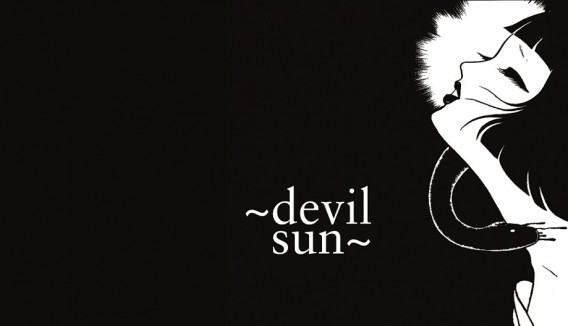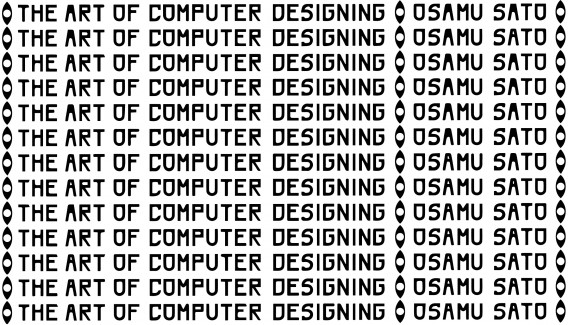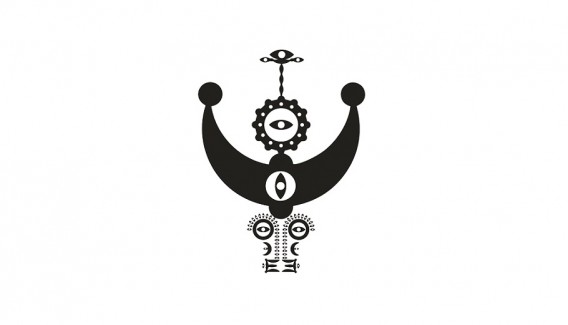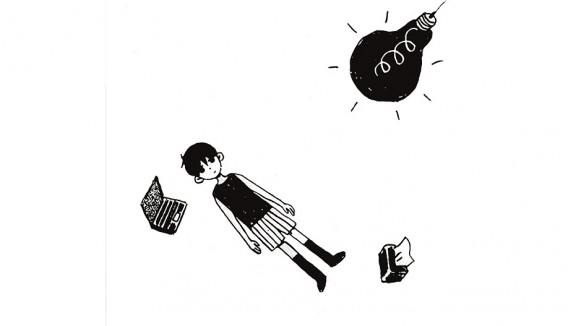La Posta Foundation begins its new season with the opening of the exhibition Devil Sun: Surviving Japanese Survival Horror, curated by Aitor de Maenza and Sergio Martín. The exhibition will open to the public on Friday, September 27 at 7:30 p.m., and promises to offer a unique tour of the relationship between horror video games produced in Japan and the influences of its contemporary history, its literary and cinematic culture, and the Japanese artistic avant-garde.
The exhibition delves into the fascinating world of Japanese survival horror, a genre that has marked generations of players for its ability to fuse psychological tension and the supernatural with disturbing visual narratives. Through three thematic axes —the thriller, Japanese folklore, and experimentation with media—, visitors are invited to explore how developers have used the video game medium to create terrifying and intense experiences.
Among the notable names in the exhibition are pioneering figures such as Osamu Sato, creator of cult works such as LSD: Dream Emulator; Kenji Eno, known for his work on the D series; and Kikiyama, author of the enigmatic Yume Nikki, all of them considered references of the genre. In addition, the exhibition will establish dialogues with contemporary projects such as the acclaimed World of Horror and the Haunted PS1 compilations, which continue to develop and reinvent the legacy of survival horror.
A journey through the Japanese survival horror genre
The exhibition is presented as a rich compilation of documents, books, manga, graphic works and video games that offer an exhaustive analysis of the evolution of the genre in Japan. From its first manifestations in the 1990s to current projects, Devil Sun offers a unique look at how this genre has evolved and, at the same time, has been influenced by the Japanese cultural and social context.
Visitors will be able to immerse themselves in a visual and sound environment that reflects the impact of the Japanese horror aesthetic on the world of art and global entertainment. The guided tour through psychological thrillers, reinterpretations of folklore legends and visual experiments will demonstrate how survival horror has transcended even the limits of video games.
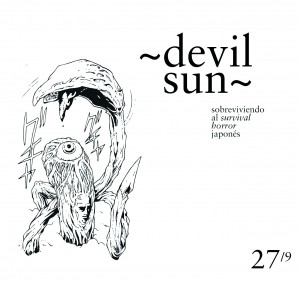

Osamu Sato, Kenji Eno & Kikiyama
“Eastern Mind: The Lost Souls of Tong Nou” (1994), Osamu Sato

